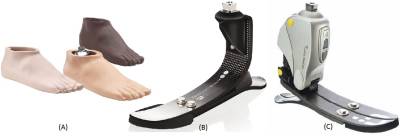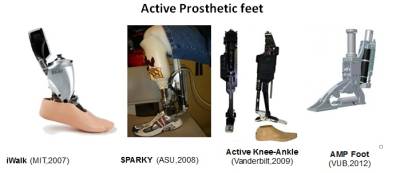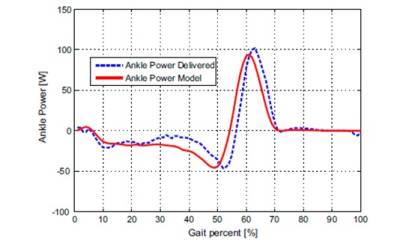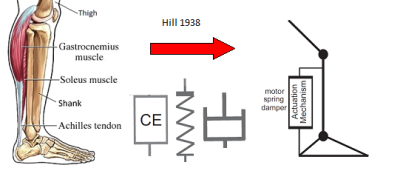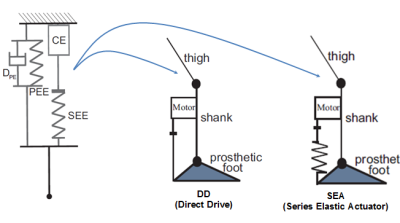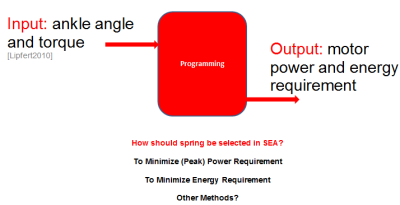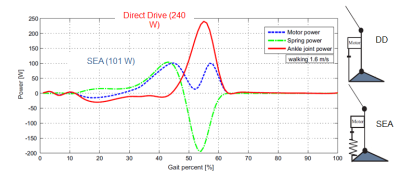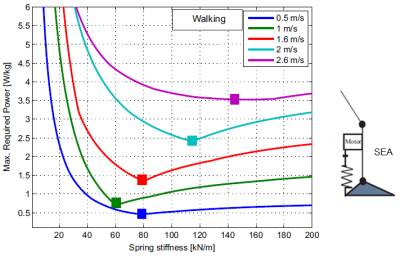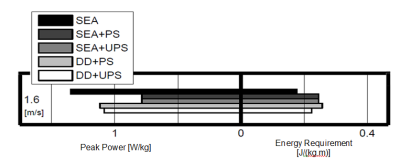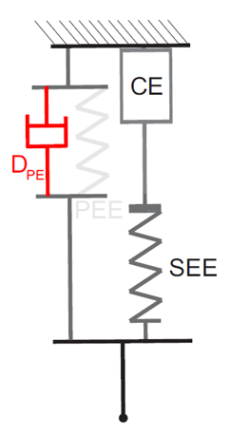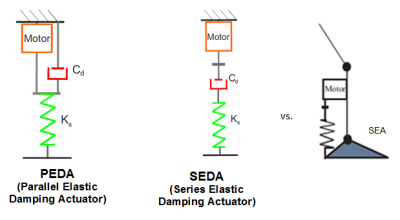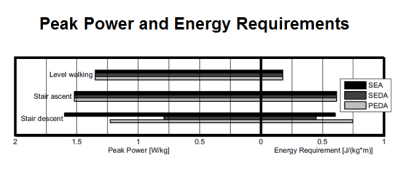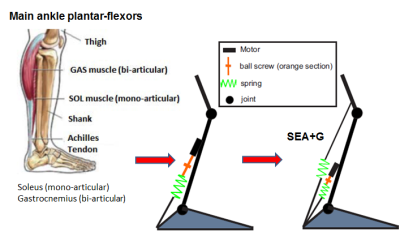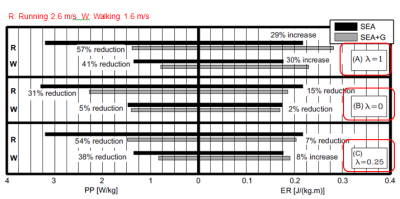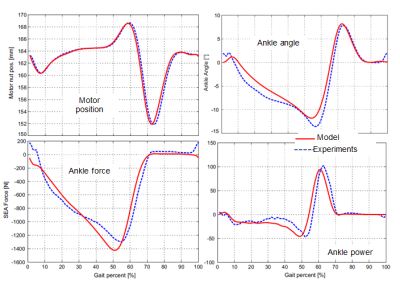Inhaltsverzeichnis
2015 Eslamy
| Title | Emulation of Ankle Function for Different Gaits through Active Foot Prostheses: Actuation Concepts, Control and Experiments |
|---|---|
| Leitung | Prof. Dr. phil. Andre Seyfarth |
| Autor | Mahdy Eslamy (m.eslamy at gmail dot com) |
| Letzte Bearbeitung | Mar. 8th 2015 (Under Review) |
Outline
1. Motivation: Why Research in this Field?
2. Background and Previous Outcomes
3. Contributions of this Thesis
- Power and Energy Requirements in Active Prosthetic Feet in Different Actuation Mechanisms
- Control of Active Foot Prostheses
4. Conclusions
Motivation
Lower extremity amputations done in Germany:
- More than 60000 per year (Institut für das Entgeltsystem im Krankenhaus, 2012)
Important Question:
- How can engineering help the amputees to regain their normal locomotion performance?
Previous Works
Performance of Passive Prosthetic Feet
- slower self-selected speeds than able-bodied people [Waters1976]
- expend more metabolic energy [Molen1973]
- kinematic difference between amputated side and sound side [Sanderson1997]
The above figure shows that there is „Lack of Power Generation“ on the amputated side
Performance of Active Prosthetic feet
• Reduce metabolic cost of transfer (CoT) (Au2009)
• Emulate ankle power similar to the human ankle
Challenges for Active Prosthetic feet
- Power and Energy Requirements
- As low as possible
- Control
- How should the robot know what to do for each gait?
Why low Power and Energy Requirements?
- Lower Power Requirement –> Smaller Motor, Less Weight
- Lower Energy Requirement –> Smaller Battery, Less Chargings
One Solution is to focus on:
- Biologically-Inspired Actuation Mechanisms
Mechanical model of the biological actuator (Muscle)
Important Question:
- What is the importance of those Components and their Configurations in Power and Energy requirements of active foot prostheses?
- First Actuation Scheme could be as simple as DD (Direct Drive) or SEA (Series Elastic Actuator)
Peak Power and Energy Requirement
- Peak Power and Energy Requirement: DD vs. SEA
- Comparison of the Peak Power Requirement
As it is seen, the PP (peak power) requirement of SEA actuator is reduced about 58% in comparison to DD (see also the pictures of DD and SEA).
Important Question:
- Why PP and Energy Requirements of SEA are less than DD?
- Comparison of Motor Force and velocity (DD vs SEA)
- As it is seen, the motor velocity in SEA is less than DD in the push-off time (the red zone), as power is the multiplication of force and velocity, consequently the PP requirements will also be less.
- In addition, as a considerable amount of power is provided by spring, the motor power requirement in general is less than DD and because of this matter the Energy requirement is also less than DD.
Importance of Stiffness for PP Requirement
- As it is seen in this figure, there is only one stiffness that really minimizes the PP requirement in SEA actuators (this holds for all speeds)
Parallel Elastic Element (PEE)
- In this section we consider the effect of adding a parallel elastic element on the PP and Energy requirements of active foot prostheses.
Different Approaches for Parallel Elastic Element
- We could have different types of actuators when we include a parallel element
Peak Power and Energy Requirement in case of Adding a Parallel Element
- In comparison to SEA, the PE (parallel element) reduced the PP requirement but increased the Energy requirement (figure for Walking)
Motor Velocity, force and power pattern: SEA vs. SEA+UPS
- The PP of SEA+UPS reduced because the peak force of SEA+UPS is less than SEA, however as in SEA+UPS the motor is doing work against the parallel spring in swing phase, this requires power and consequently energy requirement increases in comparison to SEA.
Conclusion on Parallel Elastic Element
- To reduce disadvantages for Energy Requ. in PS/UPS approach, we should control when and how long the UPS is engaged
- No case was found in which PS had a better result than UPS (in terms of PP and Energy Requ.)
- SEA could be an acceptable compromise for actuation
Damping Element (DE)
- In this section we consider the effect of adding damping element on PP and Energy requirement in active foot prostheses.
Parallel or Series Damping Element (DE)
- Damping element could be in series or parallel with the motor:
Damping Element (DE) in Active Foot Prostheses: Different Gaits
- In addition we also consider the level walking and stair ascending and descending and investigate the power and energy requirements for these gaits
Peak Power and Energy Requirements
Conclusions on Damping Element:
- Stiffness is required for all gaits
- Damping shows on-off behavior (as seen in the picture for level walking and stair ascent the damping should be off however for stair descent it is required)
- SEA could be an acceptable compromise for actuation
Bi-articular Actuation in Active Foot Prosthesis
Main ankle plantar-flexors
There are two main ankle plantar-flexors: Soleus and Gastrocnemius, Soleus is mono-articular and Gastrocnemius is bi-articular
How to Benefit from Bi-articular Actuation in Active Foot Prosthesis
- How to select appropriate stiffness: The Weighted Sum of PP and Energy Requirement
Comparison of PP and Energy requirements: SEA vs. SEA+G
- As it is seen the weighted sum approach, defines the PP and Energy requirement of an active foot prosthesis in a way that both PP and Energy requirements could be determined by the designer so that they are not far away from minim values.

